I have been thinking about writing an article on Frazetta for a long time, but one of the things that has always prevented me from doing so is that Frazetta comes on as a bit of a mixed bag, not only for the variety of artworks he created during his lifetime, but also because of the people with whom he was professionally involve. Frazetta collaborated extensively with the burgeoning American comic scene of his time, which was thoroughly managed by Jews, as many people here might know. Also his assignments by the Hollywood industry was what actually brought him much fame and fortune. He was in fact first noticed in 1964 when his painting of Beattle Ringo Starr for a Mad magazine ad parody caught the eye of United Artists studios. Consequently he was approached to create the poster for the movie What’s New Pussycat? (1965) starring people such as Peter Sellers, Woody Allen and Peter O’Toole. From that point on Frazetta collaborated regularly with the ‘American’ film industry.
Frank Frazetta is widely considered to be the most influential and most emulated fantasy artist in history, so saying anything new about him, taking into account the quantity of information available on the web, would be like a redundant attempt at nothing. I have decided to take a more personal – though somewhat sketchy – approach on the subject, taking well-known facts from his biography. First of all, the images I have included here in the gallery are from the bulk of his work that I consider the most inspiring (there are also a few less-known gems in the bunch as well). I have avoided all his works for Hollywood movies, especially the ones he created for all these series of goofy comedies from the late sixties / early seventies such as After the Fox (1966), Hotel Paradiso (1966), The Secret of My Success (1966), The Fearless Vampire Killers (1967), Mixed Company (1974), et cetera. The only exception for me would be The Gauntlet (1977) – starring Clint Eastwood – which I consider a very good action movie (probably one of the very few actions movies I’ve ever liked).
Opportunities changed greatly when the comic book industry nearly imploded in the mid 1950s due to the infamous Kefauver senate hearings, in which comic books were blamed for rising juvenile delinquency. Publishers of gory and violent books like EC (who also published titles like TALES FROM THE CRYPT and THE VAULT OF HORROR) were targeted for industry censorship, blacklisted and cut off from distribution. Multiple dozens of publishers gave way to a select handful and many artists and writers soon found themselves out of work; those that remained were often stigmatized by working in what was now a “kid’s” field.” – from ‘Frank Frazetta: Artist, Illustrator, Painter with Fire’ article by Mike Pascale (May 2010)
In my younger days I used to pretty much be a fan of fantasy comics like Eerie and such, but when reading about the Kefauver hearings one feels compelled to understand why there was so much concern about what publishers like EC were putting out to the public. It is kind of cringy to see even nowadays the explicit violence displayed on many of those comic books and to think of psychopathic Jewish directors like Eli Roth, then to consider that such images were actually created to promote certain demoralizing agendas. Suffice it to say that EC Comics was the brainchild of Maxwell Charles Gaines (born Maxwell Ginzberg) who published, as exposed in the previous quote, things such as Tales from The Crypt created by Gaines’ son, William Maxwell Gaines (future publisher of satirical magazine MAD as well) together with Al Feldstein.
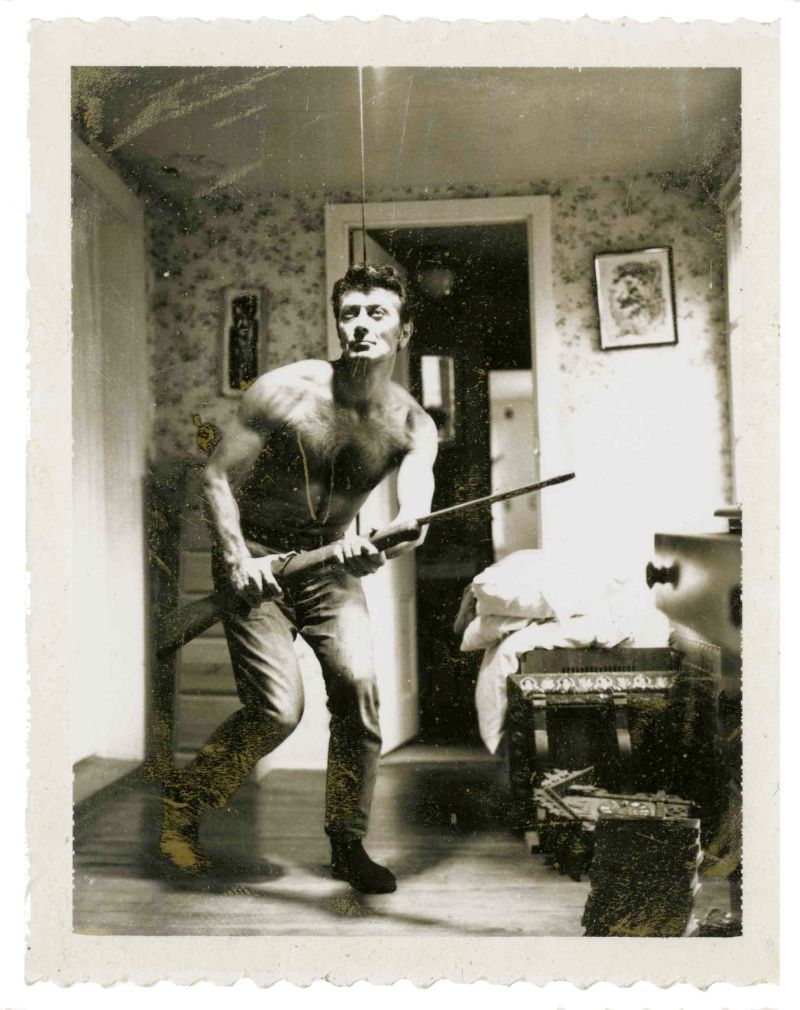
Going back to the subject at hand; in the works of the ‘Frank Frazetta I personally like’ the viewer can behold the struggle of man against impossible alien monsters and strange subhuman creatures – check Black Star (1972), Battlefield Earth (1982), Fire and Ice (1983), Jaguar God I (1994), John Carter and the Savage Apes of Mars (1970), among others. One is almost tempted to wonder what Lothrop Stoddard would have made of such images. Frank Frazetta accurately depicted muscular men, sometimes trying to rescue princesses in distress, sometimes fighting toe to toe with their female counterparts. Frazetta’s illustrations show a deep understanding of the human anatomy, and even if he always exaggerated such anatomical features one can almost smell the sweat coming out from his paintings.
These fantastic illustrations might come on as ‘sexist’ by the Liberal ‘standards’ of this day and age, but admittedly speaking Frazetta was always eager to depict voluptuous amazons fighting against demonic creatures that were all-too-ready to tear them apart to pieces. These heroines exude an obvious sense of power and self-reliance. Frazetta’s depictions of idealized viking warriors, even if historically inaccurate and a bit over the top, are probably some of the most outstanding ever created. Among these works I would mention Dark Kingdom (1976), The Norseman (1972) and Kane on the Golden Sea (1977). I think some of these artworks should still serve as a sort of visual inspiration to many aware young people living out there in the politically correct world of today, even if only in an allegorical sense. These images accurately portray (White) man’s life-or-death struggle in a hostile world inhabited by all sorts of impossible evil creatures… if people get my drift.
Biography
Frazetta was born in Brooklyn, NY on February 9, 1928. He was always a precocious artist, so much so that he had his first art sale to his grandmother before age three for the princely sum of one cent. Frazetta enjoyed reading adventure, fantasy and science fiction while growing up, though he had to hide this passion due to the gang-infested ‘tough neighborhood’ he had the misfortune of living in. It is just a guess that such surroundings, along with the many bully-battles he was involved with, played a pivotal role in shaping Frank’s powerful, action-oriented artistic vision of his adult life. At the age of eight his parents enrolled him in the Brooklyn Academy of Fine Arts, under the tutelage of Italian classicist Michael Falanga. At one point Falanga offered to send Frank to Italy for painting classes, however, the teacher’s untimely death brought an abrupt end to those plans. When the school closed down a year later, the now 16-year-old Frazetta instead became an apprentice for comic book artist John Giunta, who he helped on the character Snowman for his first published work in Tally-Ho Comics #1, in 1944.
Strangely enough Frazetta always avoided the proverbial superhero genre focusing on much more legendary-styled characters inspired by the writings of Edgar Rice Burroughs and the like. Frazetta’s only book-length solo artwork appeared in his creation Thun’da, published by M.E. Enterprises in 1952 when the artist was barely 24. He also tried his luck at a few comic strips, including a year-long stint on Johnny Comet (later Ace McCoy) but with little success. In the 1950s Frazetta made his mark in the comic arena creating a striking series of Buck Rogers covers for Famous Funnies (which by 1933 was the first regularly published modern format US comic) that soon led him to create even more stunning and iconic works for EC Comics. This latter work is considered by many experts and historians as a pioneering landmark on the field of fantastic art.
By that time Frazetta was a handsome, athletic, and charismatic guy, who was quite popular with the ladies with whom he had a string of intense romances. It was precisely in 1952 when Frazetta met petite seventeen-year-old Eleanor Kelly that his playboy days came to an end:
I sensed that she would be forever loyal and I never ever had that feeling about any other girl I’d been involved with. Sure, she had most of the physical attributes I looked for in a woman, she was beautiful and athletic. But beyond that she was very sharp and alert and pert and she knew a lot of things I didn’t know.”
After four years of dating they were married on November 17th 1956 in New York City. The two would have four children: Frank Jr., Billy, Holly and Heidi. Eleanor acted as his business partner as well as his lifelong companion. Known for her feisty personality as well as her intuitive business acumen, she was instrumental in successfully establishing record prices for Frank’s works throughout his career. She also served as model for Frazetta’s paintings on more than one occasion.

By the 1960s opportunity knocked on Frazetta’s door in the form of ex-EC Comics workmate and friend Roy Krenkel, who by that time was working at Ace Publishing illustrating book covers for works by Edgar Rice Burroughs. Krenkel, seeing himself overwhelmed by the sheer amount of work, decided to contact his old-time friend Frank to help him developing artworks for characters such as Tarzan, John Carter of Mars and Tanar of Pellucidar. But due to editor Donald Wollheim’s condescending disrespect, low pay and unethical policy of not returning artworks, Frank Frazetta soon decided to leave for greener pastures. Soon after Jim Warren, publisher of various movie magazines like Forry Ackerman’s Famous Monsters of Filmland, created a new line of magazine-sized, EC-inspired comics with black-and-white interiors. Frazetta was asked to paint ‘anything he wanted’ for some of the covers and was given back the art and reproduction rights (which was a very good deal at that time).
Frank produced some of his most memorable images for magazines such as Creepy, Eerie and Vampirella (some of these works are featured in the gallery below). It was in 1965 when Frazetta started creating art covers for Robert E. Howard’s Conan series for Lancer Books, which was probably his definitive artistic landmark. Frazetta dedicated all his focus on this project, achieving amazing results as he became quite excited by the Conan character, particularly after reading his adventures. Suffice it to say these Conan illustrations became very popular among the youth of the time who saw certain spirit of wild rebelliousness in them, at the same time that new forms of rock music were emerging in the sub-cultural landscape. It was precisely during this very successful time when Frazetta was approached by the Hollywood film industry, as I mentioned at the beginning of the article.
One of the best examples to illustrate the level of success Frazetta had acquired during this time happened when he was commissioned by movie mogul Dino DeLaurentis the paintings of four posters for his remake of King Kong. Unfortunately due to business disagreements Frazetta abandoned the project (which was extremely well-paid by the way). However many household Hollywood names, including Sylvester Stallone, Clint Eastwood, George Lucas and Steven Spielberg had become fans of the artist’s powerful work, which by that time was in high demand, to put it bluntly; Frank Frazetta was essentially the fantasy artist that everyone wanted to work with. Even the magazine Playboy finally approached the artist to illustrate a couple of articles by Jewish writer and cartoonist Harvey Kurtzman and Will Elder on three stories of the bawdy parody strip Little Annie Fanny (a cartoon series which I personally despise), despite that the magazine itself had refused to use his work in the past. Now it was time for Frazetta to call the shots.

By the 1970s many Frazetta’s paintings were used by a number of recording artists as cover art for their albums. Among these record covers are worth mentioning Dust’s second album Hard Attack (1972) which featured the classic painting Snow Giants, Southern Rock’s grandees Molly Hatchet‘s first three albums featuring The Death Dealer (the subject of a series of novels written by renown illustrator and pinup artist Jim Silke), Dark Kingdom, and Berserker paintings respectively. Nazareth’s Expect No Mercy (1977) featuring the painting The Brain. All these commercial successes allowed the Frazettas to move to a 67-acre property in eastern Pennsylvania.
Frank Frazetta enjoyed a continuing success during the 1980s as well, as his name had already reached the top of Fantasy illustration authors. Many books about Frazetta’s work were published during that era. The world of advertising also opened its doors to his art, including works for beer brands and automobile ads. In 1983 Frazetta got the opportunity to become a filmmaker himself when he was given total creative control of the movie Fire and Ice produced by Ralph Bakshi. The intention of the movie was to create a ‘Frazetta painting come to life’ using the animation technique known as rotoscoping. Though the film was not a tremendous box office success it became a cult classic for Frazetta’s worldwide legion of loyal fans. It has since been reissued on DVD multiple times.
Unfortunately it was by the mid-80s when Frazetta’s health started showing signs of decline as he developed thyroid problems, which provoked him to suffer drastic changes in weight plus other serious issues. These symptoms took a very long time to diagnose, but he managed to take the whole situation under control. In spite of all these health problems he continued with his passion for painting, while playing sports and being a devoted husband, and by that time also a grandfather.
The 1990s saw a new Frazetta forming strange alliances with people such as heavy metal musician Glenn Danzig (of Samhain and The Misfits fame), who was himself a dedicated fan, to produce a series of comic books based on the Death Dealer and other Frazetta creations. Also by that time Frazetta created a series of limited quantity sculptures, which sold out very quickly even before they were even released to the public. Frazetta also managed to release his own magazine entitled Frank Frazetta Fantasy Illustrated, which lasted eight issues.
By the time Frazetta turned 70 he suffered a series of strokes that nearly put him out of business. Due to these health problems he eventually moved residence to Florida. It was precisely by this time when Frazetta started his own museum, which was finally settled in Bushkill, PA. Even if Frazetta lost the ability to use his right hand due to these severe strokes that did not prevent him from keeping up with his work as he developed a new left-hand technique.
The new century and millennium saw the release of the DVD documentary entitled Painting with Fire in 2003. The film remains the best and most comprehensive visual overview of this amazing artist and his equally amazing career. Unfortunately by 2009 Ellie, his long-time companion and greatest inspiration, died after a year-long battle with cancer. Frank tried to continue the best way he could, remaining a good father and grandfather to his family, but his deteriorating health worsened after a dispute among the Frazetta children concerning the artist’s art collection, which by some estimates was worth $20 to $50 million USD back in those days. Frazetta finally succumbed to another stroke just one year after his wife’s death, on May 10th 2010, dying at Lee Memorial Hospital in Fort Myers, Florida. His death left a huge void for admirers and fellow artists to fill.
Conclusion
To conclude this long article on this remarkable artist I would like to add a few quotes, which in themselves are quite revealing about Frazetta’s personality. I hope these words suffice to give a final glimpse on the artist’s legacy.
I remember fans would approach me at conventions and say “What a fabulous cover. I read the entire book awaiting to read about the scene on the cover and never found it. So I read it again thinking I missed it, but no luck.” Never judge a book by its cover.” – Frank Frazetta.
It [the Museum] was all Ellie’s idea. We were always getting calls from the fans asking if they could come see the originals. The best we had done through the years was to have some exhibits at various conventions, but that got to be a risky hassle. We did the museum for all the people who have had fun with my art over the years. It wasn’t for profit – if I wanted to make money I would’ve sold the originals. My joy is in showing the work.” – Frank Frazetta.
He’s going to be remembered as the most renowned fantasy illustrator of the 20th century,” – Frank Frazetta’s manager Rob Pistella.
My primary artistic influence has always been the legendary fantasy artist Frank Frazetta. His paintings are seething with raw power and energy, but they also have a dark beauty.” – American Gothic artist and musician with Nox Arcana Joseph Vargo.
Articles:
– ‘Frank Frazetta – Artist, Illustrator, Painter with Fire’ by Mike Pascale (May 2010) published by Triangle Arts
– ‘Frank Frazetta Fantasy Artist’ by by Charles Moffat, published The Art History Archive (May 2010)
– ‘Frank Frazetta Retro Fantasy Art Bridges Past & Future’ by Web Urbanist (no date)
– ‘Eleanor Frazetta, 1935-2009’ by Glenn Hauman (July 2009) published by ComicMix
– Frank Frazetta Wikipedia









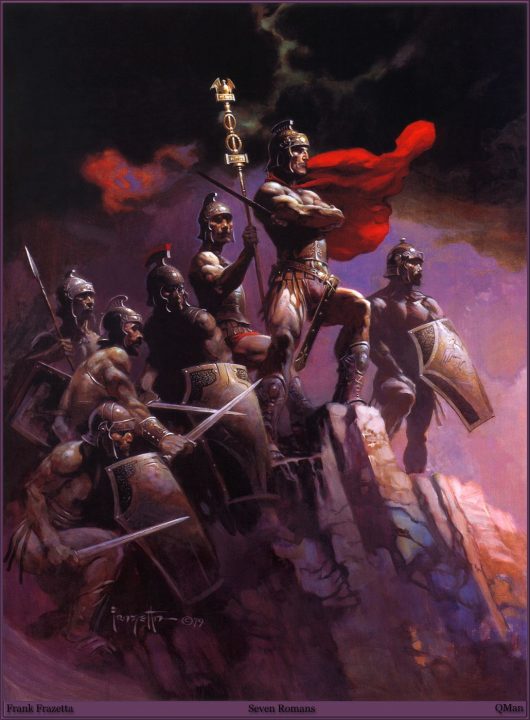
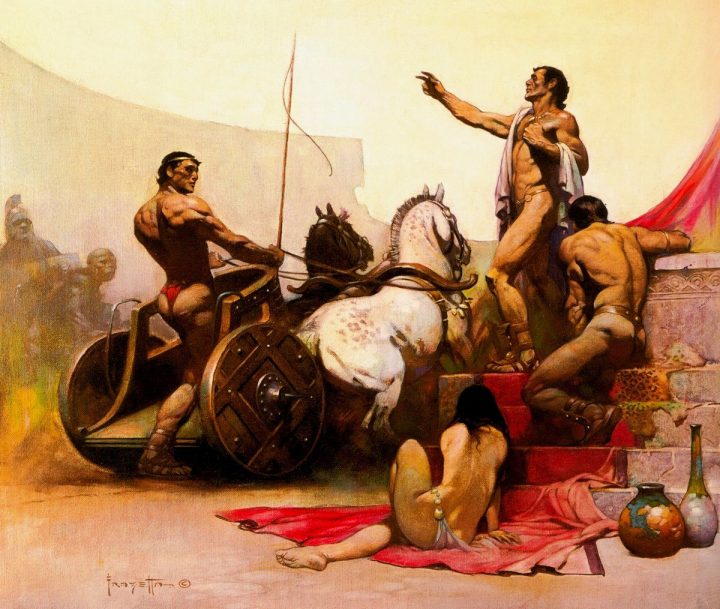
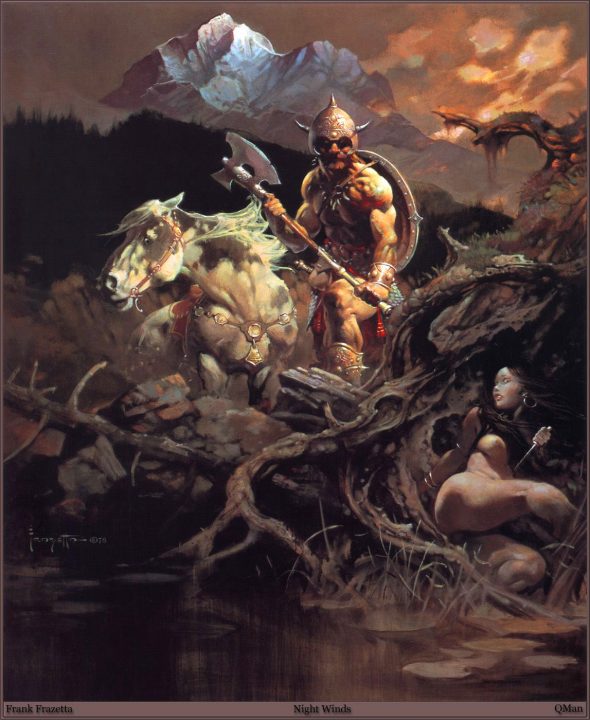
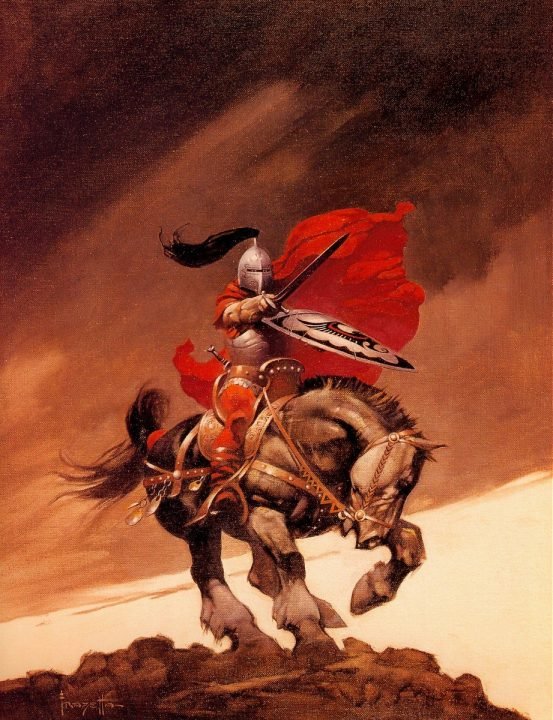





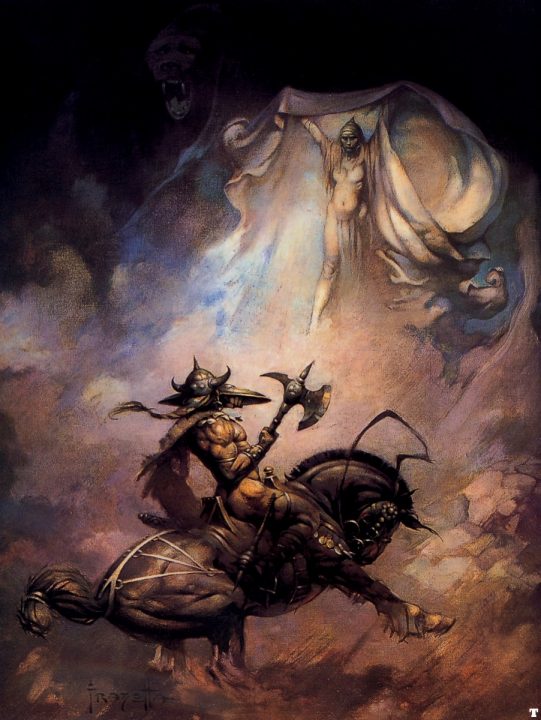

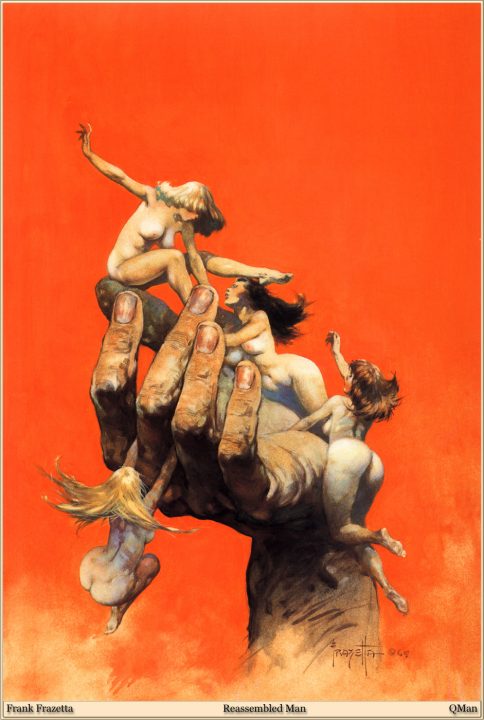
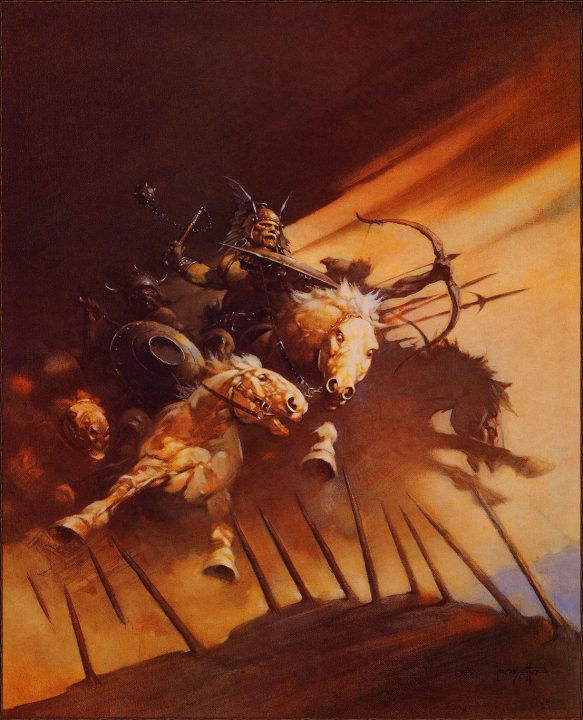
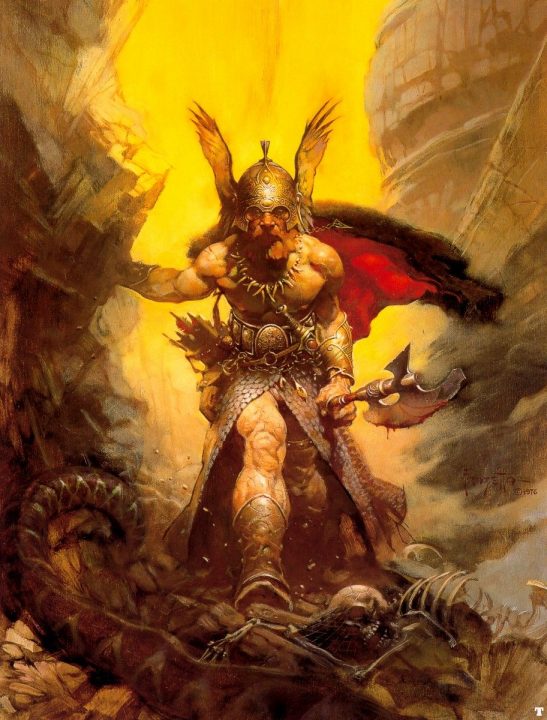
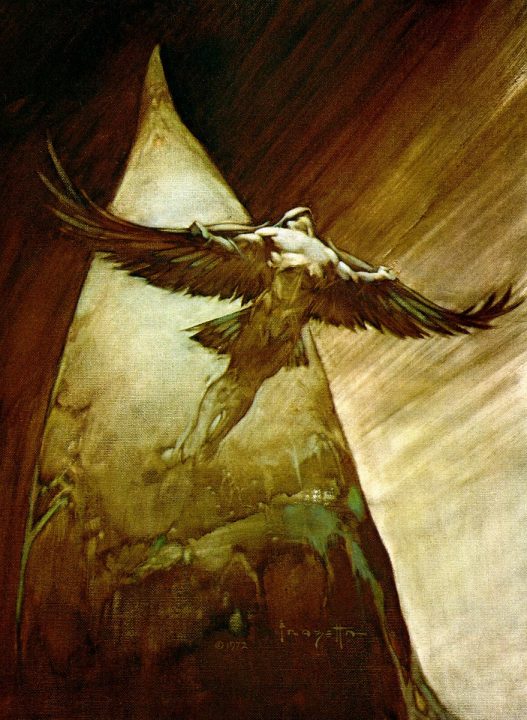



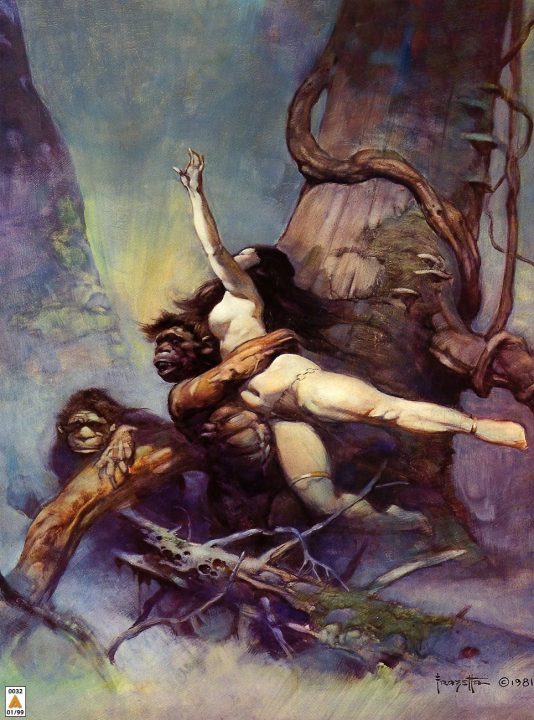



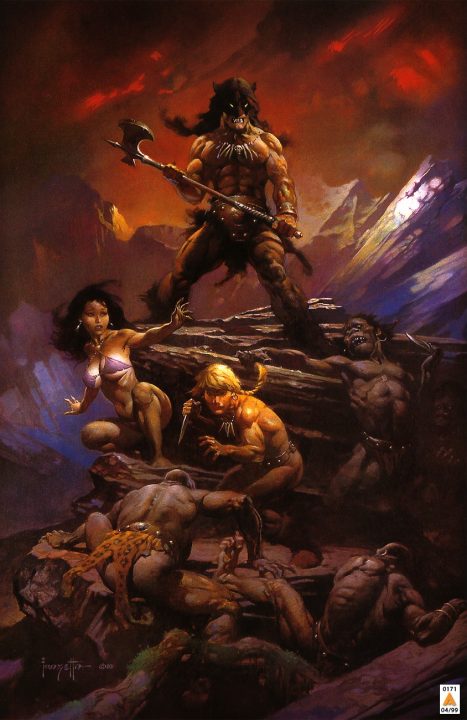




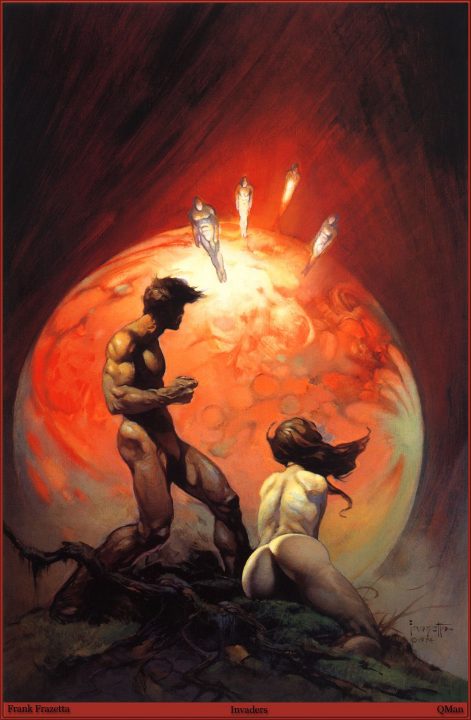


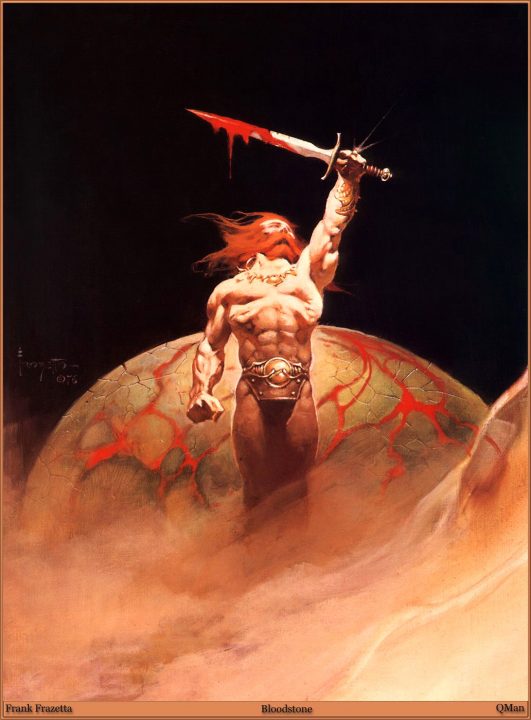
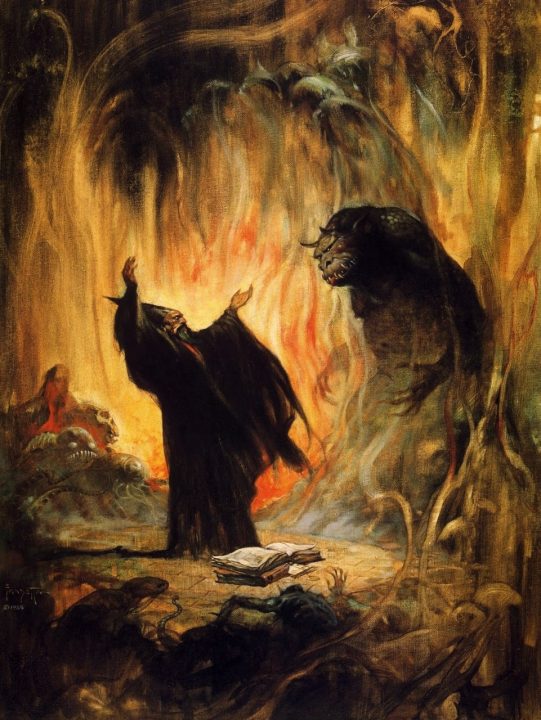

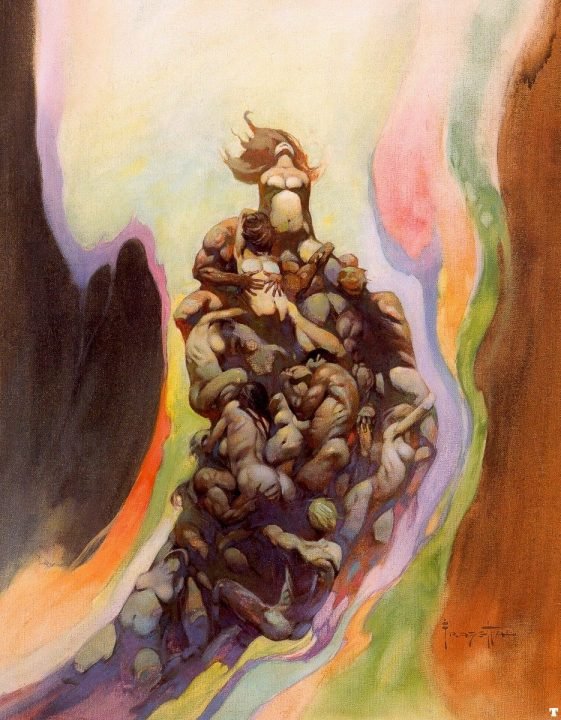

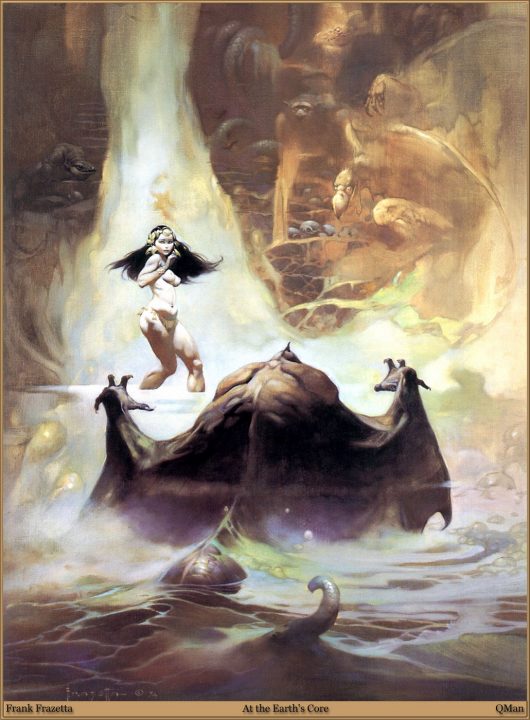
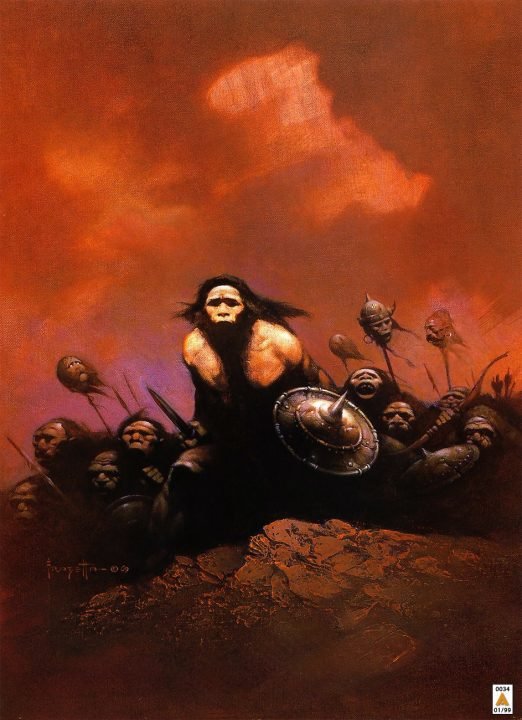
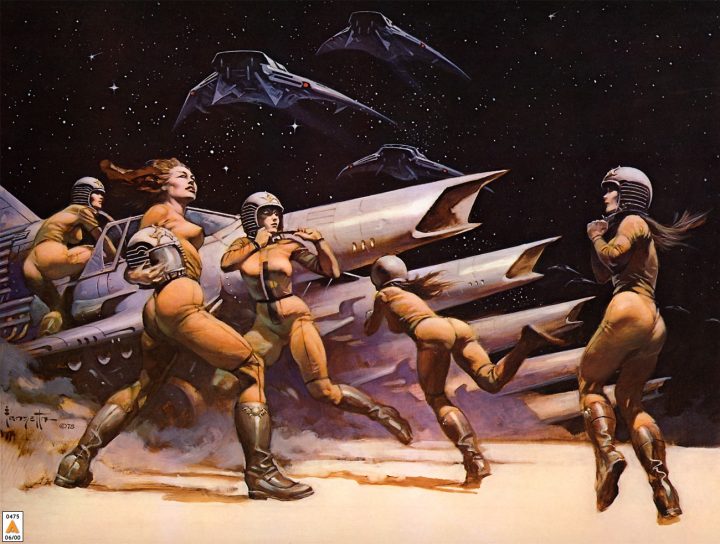


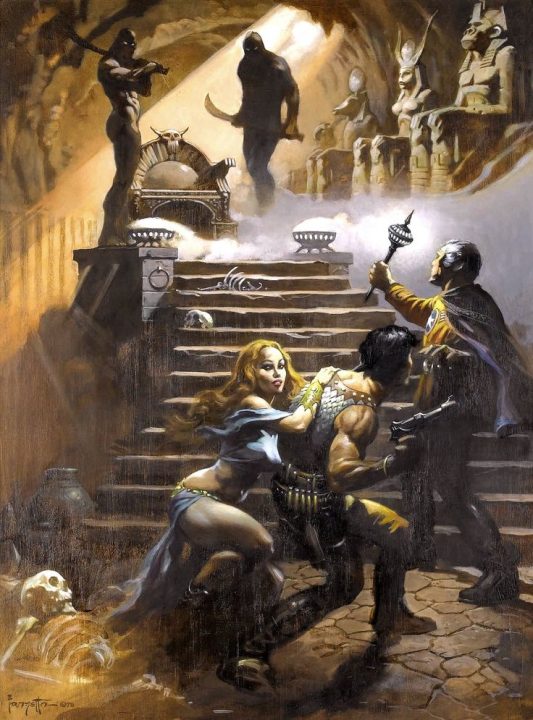

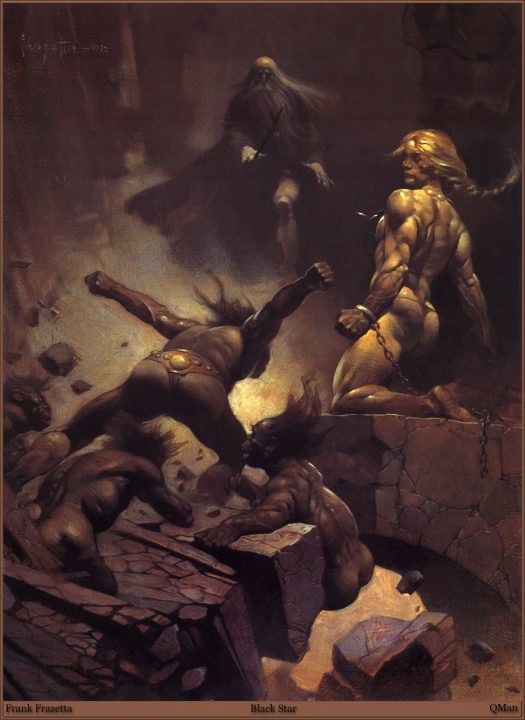
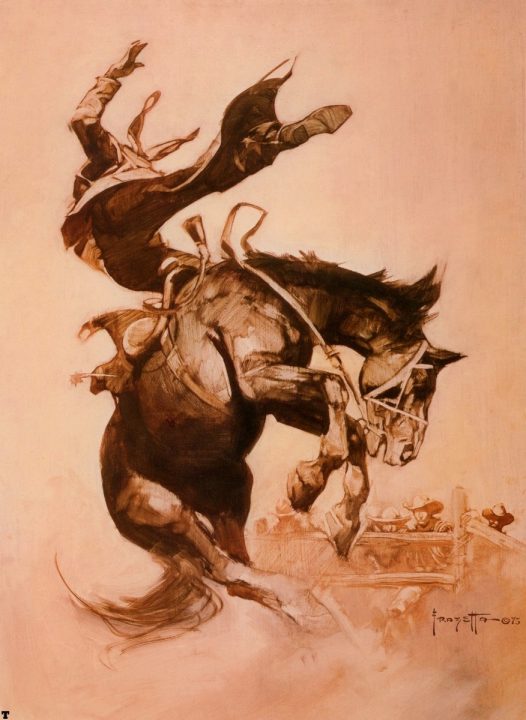
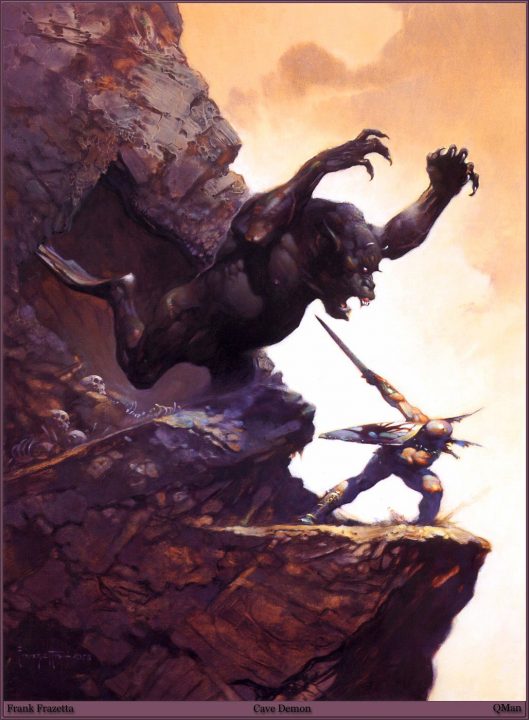
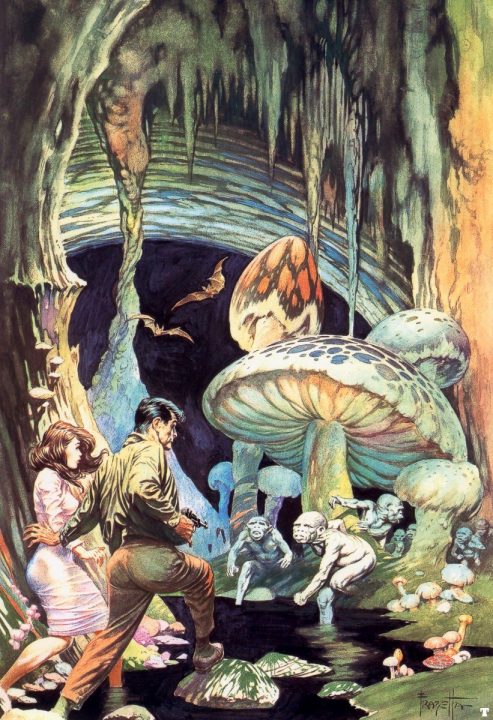



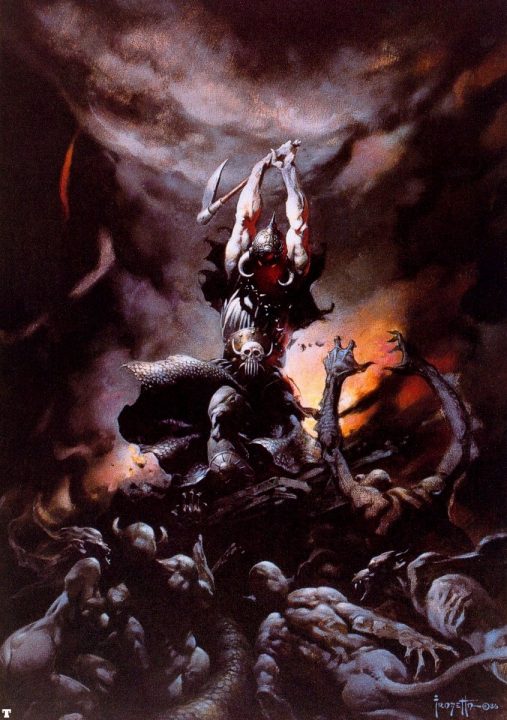
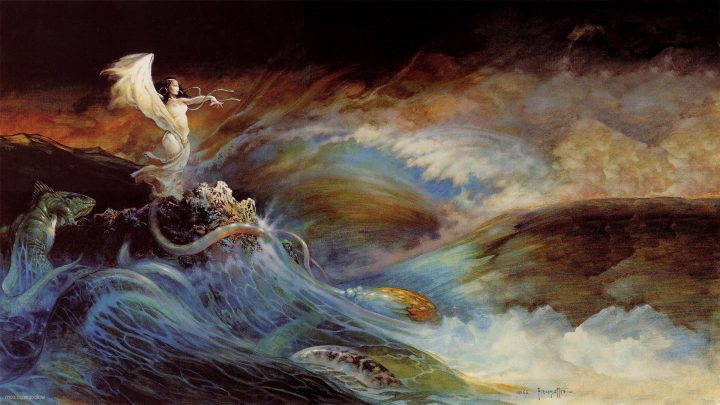
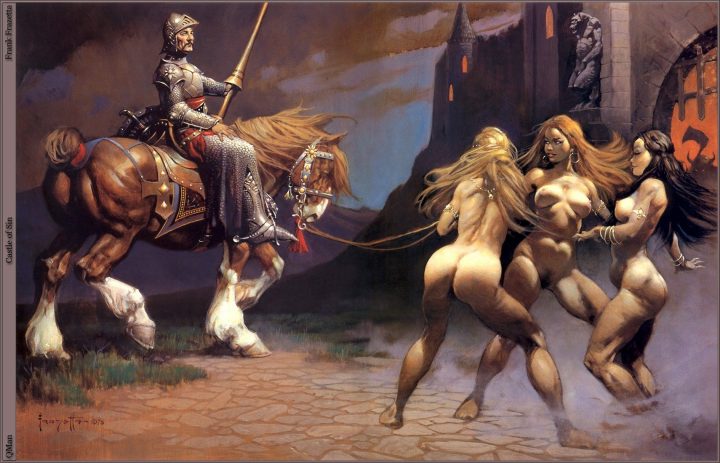


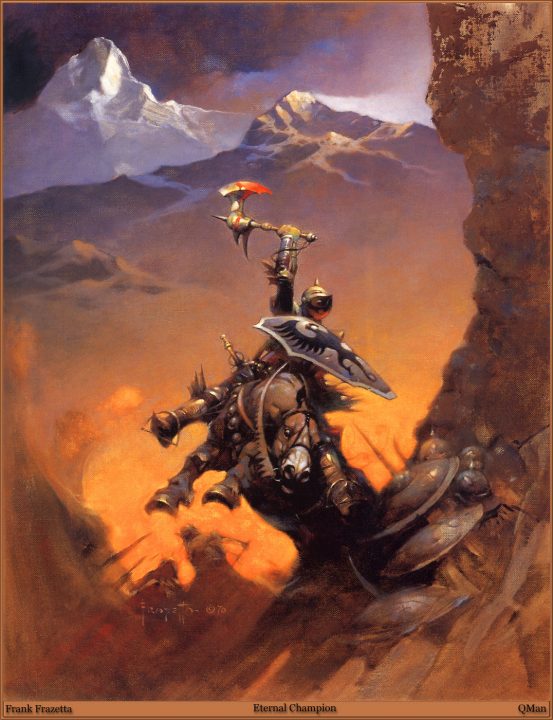
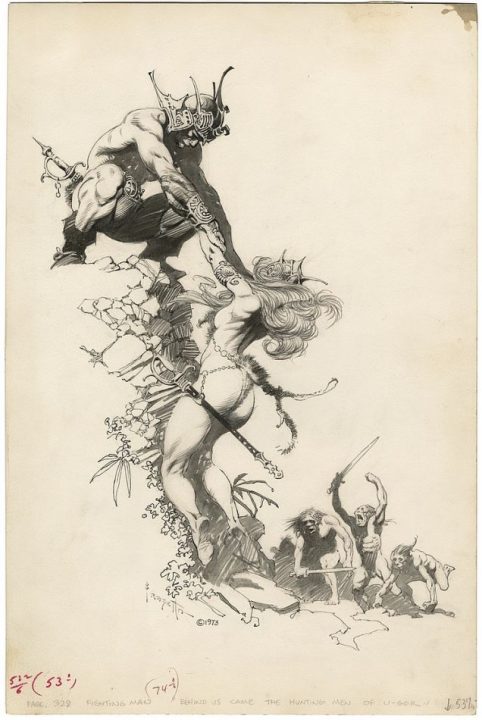
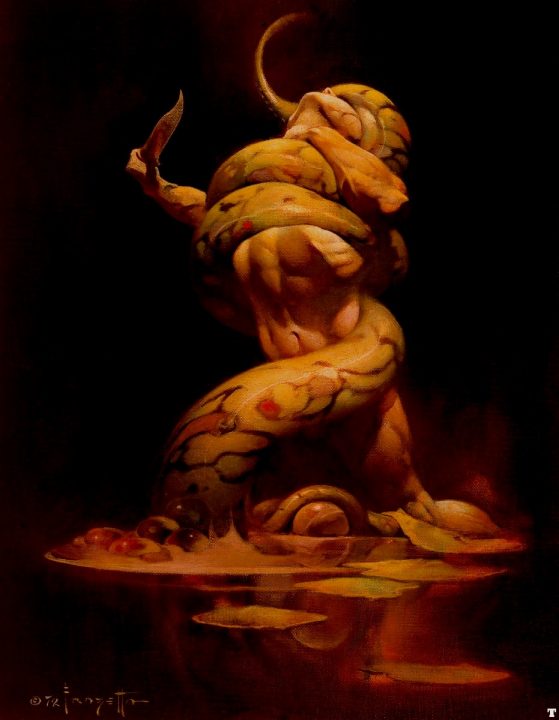
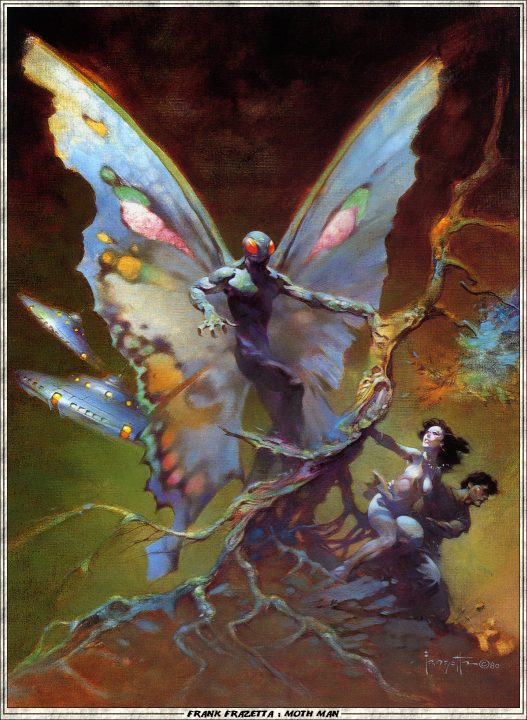
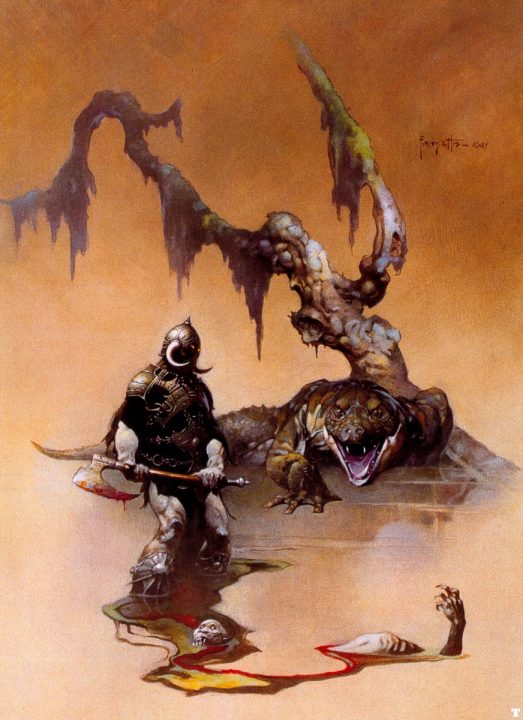




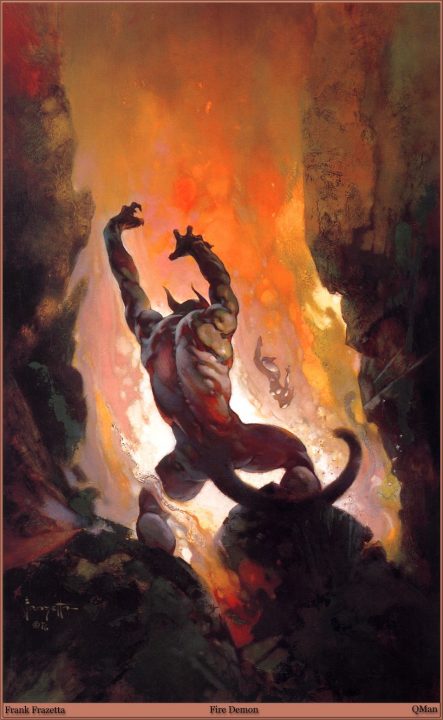
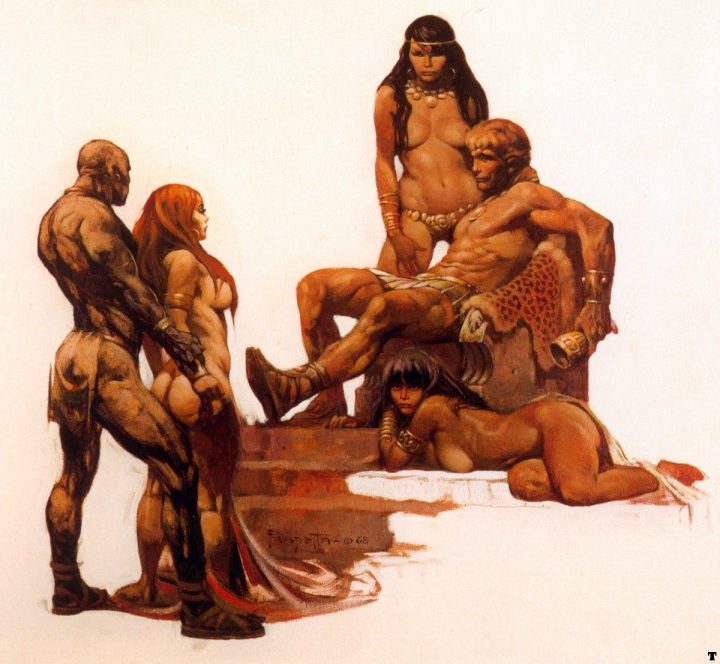


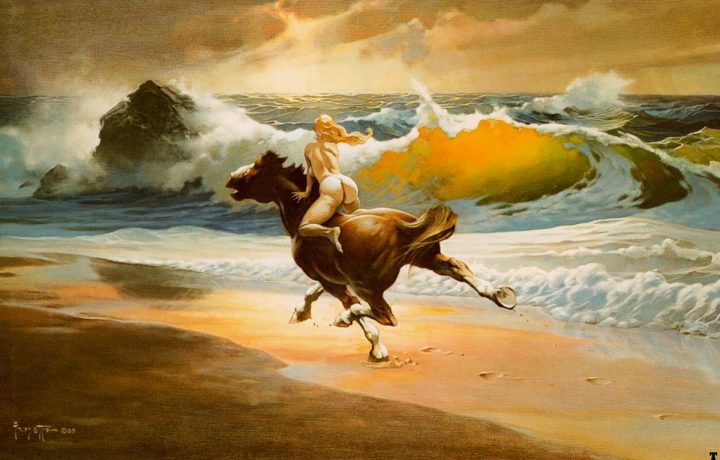
Source Article from http://www.renegadetribune.com/epic-universe-frank-frazetta/
 RSS Feed
RSS Feed















 June 10th, 2017
June 10th, 2017  Awake Goy
Awake Goy  Posted in
Posted in  Tags:
Tags: 













